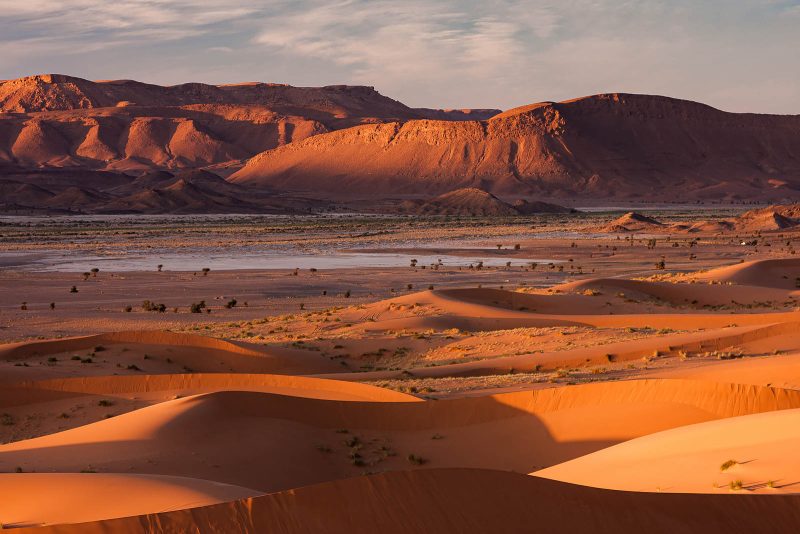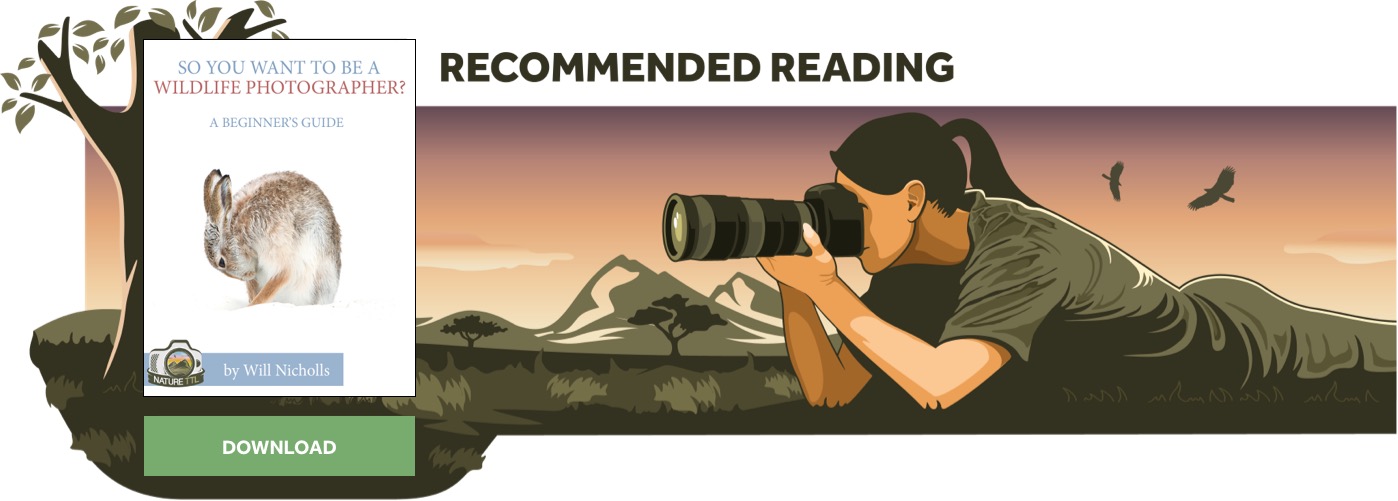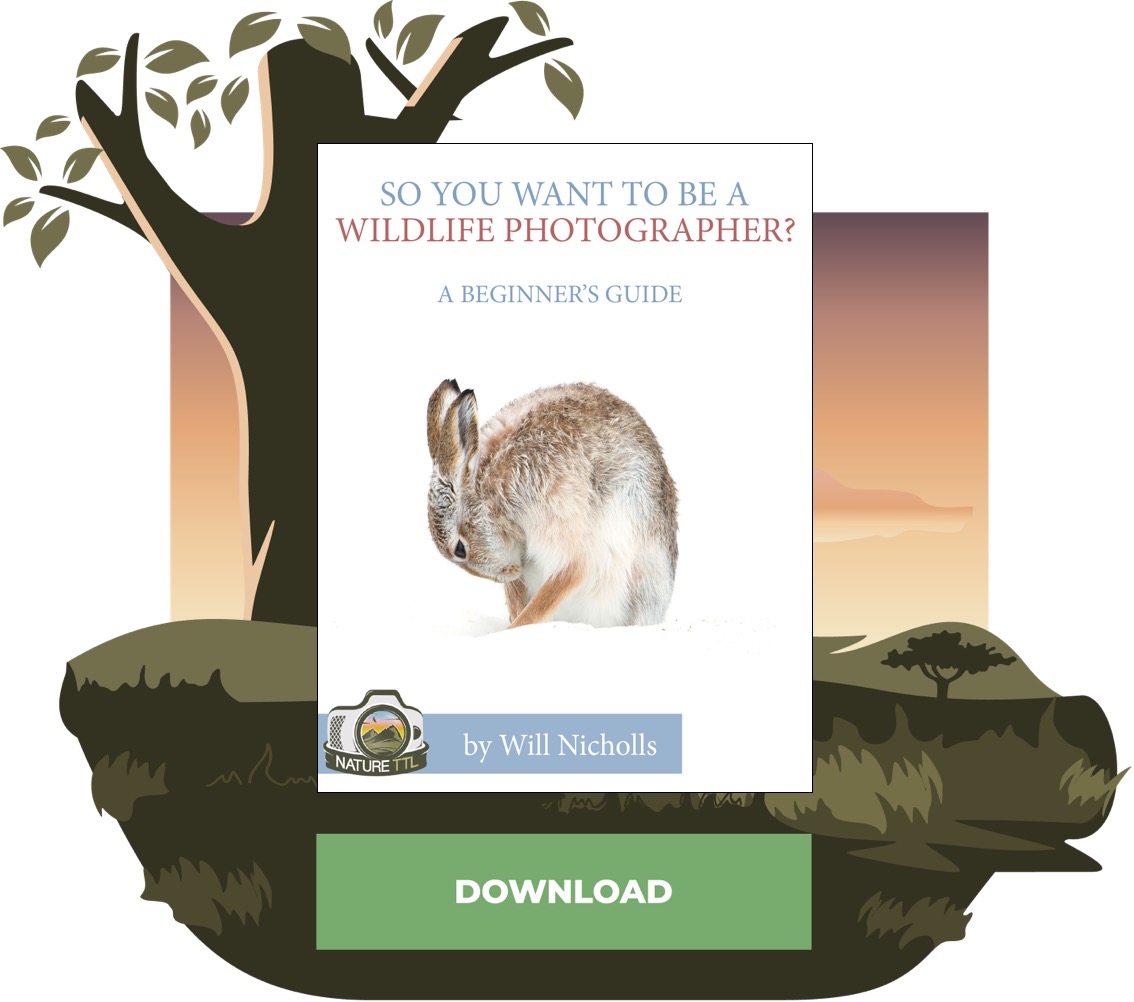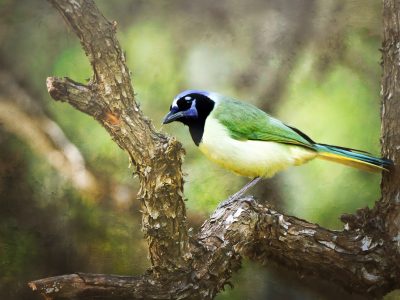Searching for Wildlife in the Sahara Desert

Deserts are neglected environments from a biodiversity and conservation point of view, but they deserve the same attention as more renowned ecosystems such as tropical forests or coral reefs.

They are home to a rich biodiversity, with species showing unique adaptations to survive under harsh conditions.


A forgotten ecosystem
As shown by rock art, the wildlife of these regions has inspired human imagination since pre-historic times.
Once characterised by a more humid climate, the Sahara was the home of species which disappeared for natural reasons, such as elephants and rhinos, at least 6,000 years ago.

Then, only those mammals equipped to cope with extreme arid conditions continued to roam in this sub-tropical desert, until the hecatomb beginning in the middle of the 20th century.
Nowadays, most large mammals (ungulates and carnivores) are extinct or have disappeared from most of their range. The advent of off-road vehicles, modern weapons, and political instability is the main cause of this collapse.

The Sahara still has vast spaces of pristine landscape, but despite the stunning backdrop, there are few protagonists. This ecosystem is all but monotonous and can be very diverse.
The erg is a broad, flat area of desert covered with wind-swept sand with little or no vegetative cover. The erg, shaped by the wind, is elegance turned into a landscape.
It is the sandy desert which is the type of desert that the collective imagination associates with the word “Sahara”. However, it actually occupies only a minor portion of this great desert.
For me, it meant the first approach to hyper-arid environments, and the curiosity of climbing over a dune, then another, and another, as if I was under an addiction.
It also gave me my first encounters with birds perfectly adapted to the absence of water, and with the mythical fennec fox.

Unfortunately, the relative accessibility of these environments to people equipped with off-road vehicles and shotguns has meant that their inhabitants (especially large mammals) have become extinct more quickly than in the rocky desert – the reg.
The reg is a desert surface covered with closely packed, interlocking angular or rounded rock fragments of pebble and cobble sizes.
Even greater protection from the extinction risks of the erg is found on the djebel. Djebel refers to the long mountain ranges and island mountains where access is more difficult for motorised vehicles, and where some species have been able to find refuge.
This is where I concentrated my efforts in the later years of this photographic project, to photograph species such as the Cuvier’s gazelle and the African golden wolf.
The roots of a passion
It all started in 2007 as I was finishing my university studies and dreaming about my first trip beyond Europe. I dreamt of endless wild spaces, so rare on our continent.
Longing above all to explore arid environments, and attracted by the logistical facilities that travel with my own car allowed, I opted for Morocco.
With a small off-road Suzuki, a friend and I reached Tangier in 2 days by ferry from Genoa, Italy. From there, once beyond the Atlas Mountains, the rocky plains and palm groves that precede the Sahara appeared before our eyes.
On this journey, I planted the seed of a passion for deserts, which led me to return to the same areas several times.

Especially during the latter years, I focused on a very rugged region of the Atlantic Sahara.
Together with the Spanish biologists of the “Harmusch” NGO, I mainly focussed on documenting both the fauna that inhabits the region and its conservation problems.
This territory covers a vast area of 20,000 km2 and its topography has made it a refuge for wildlife.
This is mainly due to the relatively low density of inhabitants (mostly nomadic shepherds) and its complexity, characterised by mountains (djebel), dry beds of ancient rivers (oued), and vast rocky plains (reg).
Chasing ghosts
In the desert, the visual and sensory stimuli are not as strong as in a rainforest, which always offers many more subjects to photograph. However, in this simplicity, every little detail acquires an enormous power.
This translates into an initial sensation of bewilderment as if asking oneself “is that all”? This then quickly turns into a continuous desire to explore which makes you walk for kilometres and makes you more and more receptive to each stimulus.
Each small detail, be it a rock or a lonely plant, can hide something interesting. The capacities that in our urban life remain dormant awaken on the sand and stones.

The traces (mainly footprints and excrement) in certain areas can remain visible for months or years. Going through the oued – traces of a past with a more humid climate – I sometimes found a remarkable density of clues, even fresh ones (at least in appearance).
They made me believe that their authors were abundant and that maybe one could be there, a few metres away from me, behind a pile of rocks.
However, even if this were true, the real challenge is to find them before they find me.
My imagination motivates me and leads me to scrutinise the landscape, pre-visualising photographs that never materialise: a Cuvier’s gazelle feeding on the branches of the acacia tree, or an African golden wolf walking along the ridge of a mountain.

But, on some occasions, my patience was rewarded and the results have appeared. Different from what I had dreamed of… but therein lies the magic of photography.
A photography challenge
Indeed, the most difficult challenge was undoubtedly to photograph the few carnivorous and ungulate mammals still present.
I would not have succeeded without a lot of patience, a little bit of healthy obsession, and trying hard to learn from my many mistakes.
It is said that genuine nature photography is an activity in which failure is the norm and successes are rare. Even if, when those successes come, they abundantly compensate for the efforts and failures made.
In the Sahara this is even more obvious: the observations happen in dribs and drabs, and good photographs are achieved even less frequently.
Either because the animal densities are already very low, or human persecution has reduced them even further and, where the species have not been extinguished, the shyest individuals have been selected.
Moreover, many species are mostly nocturnal. Therefore, the first step has been to identify the best spots, through long walks searching for tracks and other signs.
Then, I concentrated my efforts on fixed stakeouts, in some cases remaining for several days around the same campsite, as I had no off-road car.

After an exhausting expedition alone in these conditions, in which three weeks had not produced any acceptable result, I decided to concentrate my efforts on the technique of camera trapping.
Even so, it took hundreds of days of working photo traps to get a single decent photo, something possible only thanks to a customized solar-powered mirrorless camera activated by a PIR sensor.
In particular, the picture with the two Cuvier’s gazelle (a mother and her calf) was taken with a camera working for 10 weeks.

During this time gazelles passed by just 4 times, but only on the last available sunset were they placed in a nice position, with perfect light.
You can imagine how surprised and happy I was the following morning when I recovered the camera and checked the results!
This is probably the most desired picture of my career: I wanted to show in a single shot the contrast between the harshness of this habitat (only rocks, not a single plant is visible) and the capability of some species to inhabit it.

I have been able to complete this project thanks to the MontPhoto Conservation Photography Grant.
I hope that my effort, and the resulting book (published in partnership with Sahara Conservation and available on my website), can promote empathy towards these neglected environments.
Another hope is that the erg (dunes) and reg (stones) of this region will return to being trampled on by cheetahs and antelopes, as was the case until a few decades ago.





